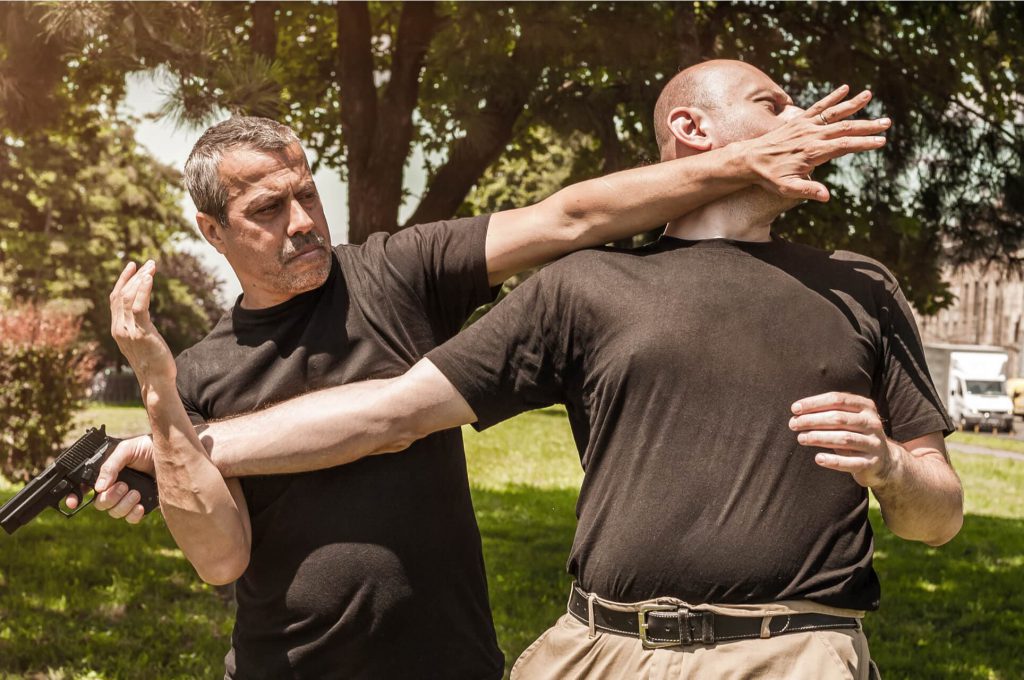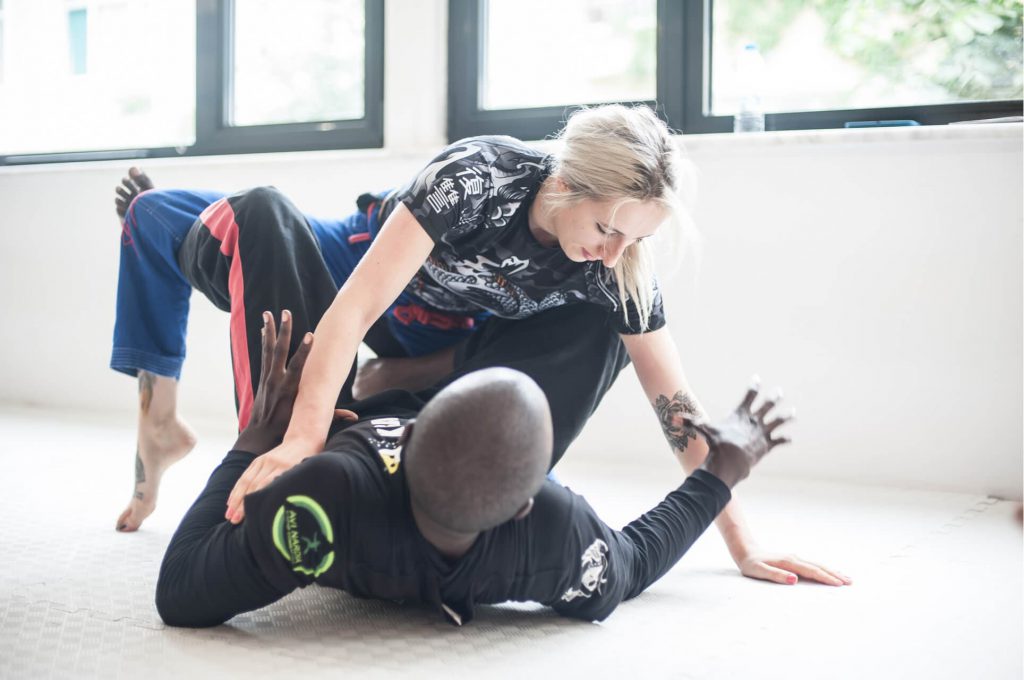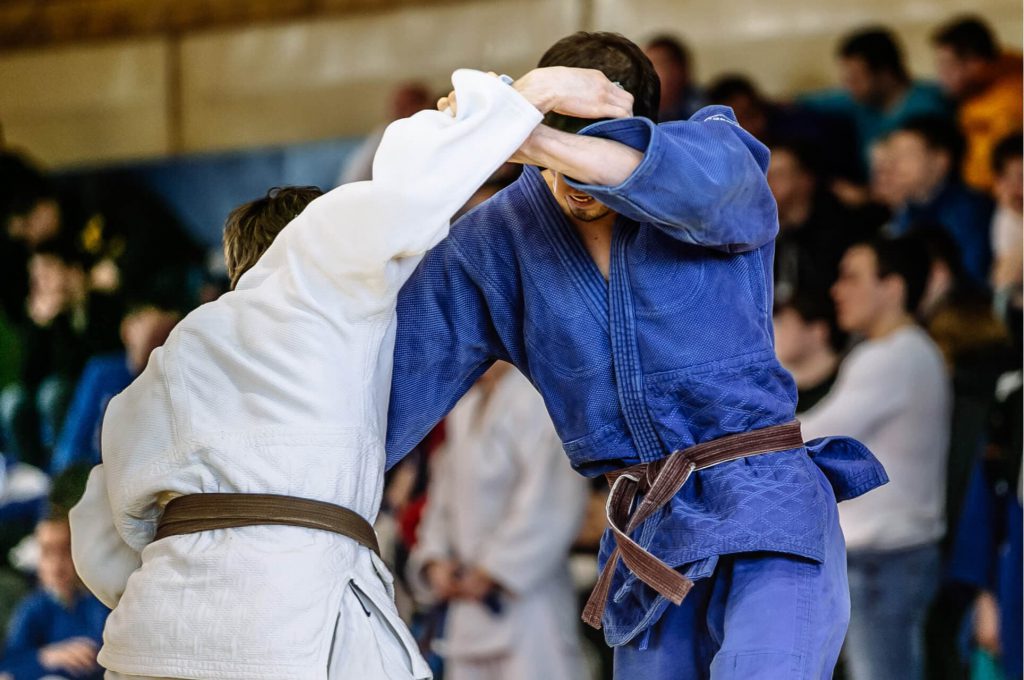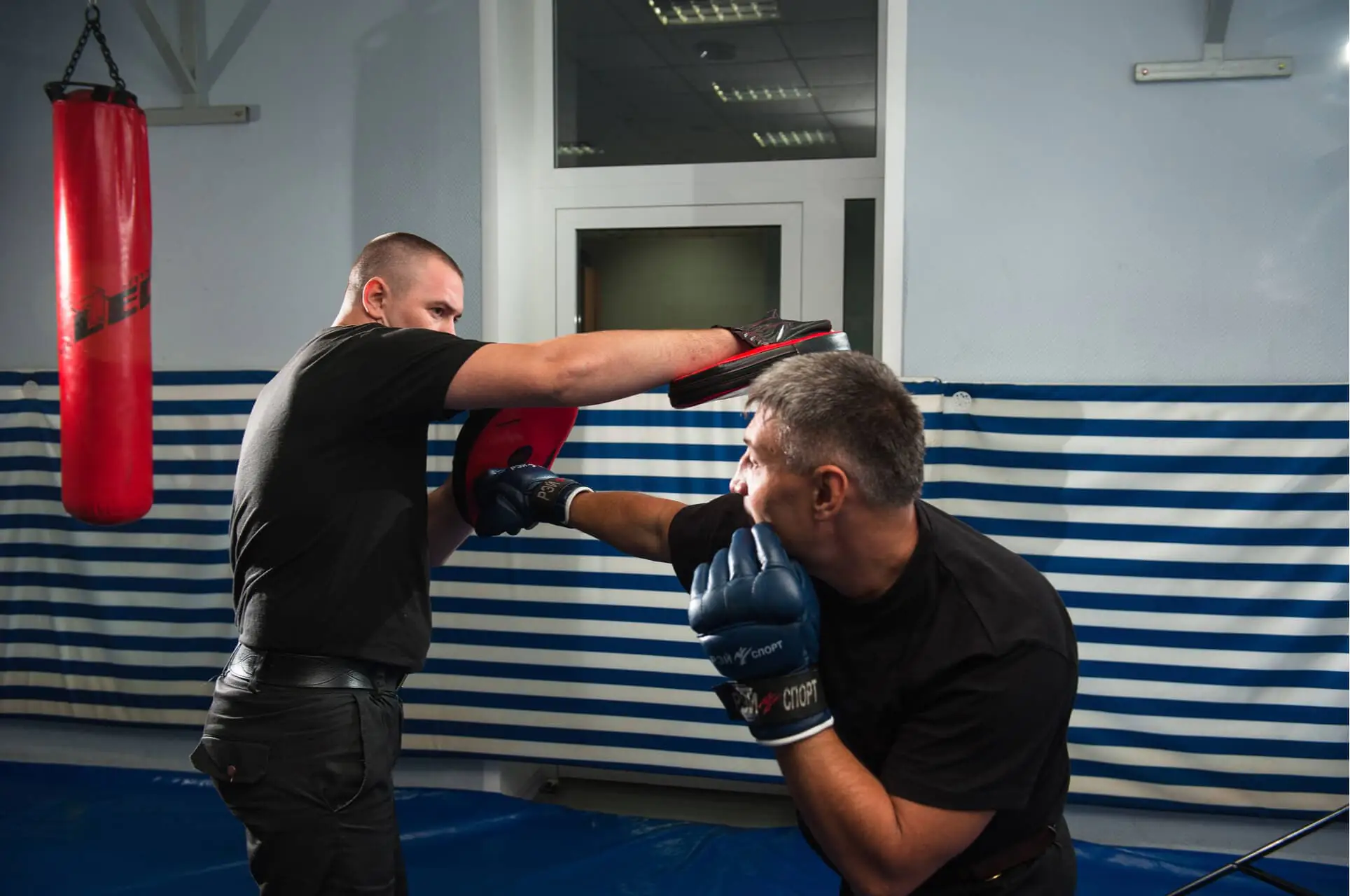It’s an unfortunate fact that police officers often find themselves in dangerous situations, and knowing how to handle these situations is a critical part of the job. With a heightened probability of physical altercations, you might think that all police officers are trained in a martial art while they’re in the academy.
This is usually not the case; most officers are instead taught what is called ‘DT’, or Defensive Tactics. While DT often incorporates elements of established martial arts, it’s not a complete martial art in itself. Instead, DT is a collection of self-defense techniques that are specifically designed to be utilized by police officers during arrests. DT also covers control tactics and techniques, protection against edged weapons and defense against sudden attacks. And of course, all these tactics are designed so that police officers can employ them lawfully and without excessive force.
However, apart from this DT training, many officers take it upon themselves to also formally study a martial art. This article will take a look at why that is, and also the advantages of a few of the best martial arts for police work.
THE ADVANTAGES OF LEARNING A MARTIAL ART
On top of DT training, police officers are usually well equipped and well prepared. This means that most officers will seldom, if ever, find themselves in a standing, striking fight. However, there are still a number of advantages to learning a martial art to supplement DT training. The first of these is learning and practicing more complex and efficient take-down techniques.
While an officer is not going to want to trade punches with a suspect, they may find themselves in situations where they need to subdue an offender, taking them to the ground and pacifying them. Several martial arts (such as the ones we will look at below) are particularly useful in these situations.
Another advantage to further martial arts training is when it comes to disarming opponents. Police officers may find themselves in situations when they’re confronted by someone with a knife, bottle, or another weapon. While DT training does cover basic disarming techniques, once again many martial arts offer more sophisticated approaches. And thirdly, practicing a martial art helps with general preparedness.

While most officers will take DT training, they may also not be required to refresh their training very often. By practicing a martial art, the officer is putting themselves in safe, simulated conflict situations on a regular basis. This helps with both mental preparedness and muscle memory, improving the officer’s reaction times and performance when real situations arise. With that in mind, let’s look at a few of the martial arts that are specifically useful for police work.
BRAZILIAN JIU-JITSU
Brazilian Jiu-Jitsu (BJJ) is one of the fastest-growing martial arts in the world and is being adopted by police forces around the world. Many people have become aware of BJJ through its use in MMA fighting, along with the similar (but different) Gracie Jiu-Jitsu. The foundational idea behind BJJ is that smaller and weaker practitioners can successfully defend themselves from an opponent who is bigger, heavier, and stronger than them through the use of leverage and weight distribution.

BJJ is especially effective for ground-based fighting, which is where many fights end up. This is especially true for fights where the officer is trying to subdue their opponent for arrest. BJJ teaches techniques that will not only protect the officer but will minimize the chance of harming the suspect as well. This helps BJJ to avoid the drawbacks faced by Krav Maga (below). The only real downside to BJJ is that, being very grappling-based, the techniques taught are only effective against single opponents. This makes BJJ less effective if the officer ever finds themselves outnumbered.
JUDO
Judo is a well-known martial art that is mostly based on grapples, throws, locks and controlling your opponent. People who are most familiar with Judo through sporting competitions (such as the Olympics) may not realize that there is also a striking element to Judo that is not used in competition. Judo also has a strong spiritual and mental strength element to the training.

The throws, locks, takedowns and pins of Judo make it a highly effective martial art for police work. These techniques are usually minimally damaging, putting them in the confines of ‘acceptable force’ and making them useful for avoiding legal issues. Judo training also focuses heavily on falling safely and countering grabs, throws and locks. This means that it is also very defensive and can help officers to escape difficult situations and avoid injury. Judo is a very foundational martial art, and many of its techniques have gone on to influence the other martial arts in this list.
DANZAN RYU JUJITSU
Danzan Ryu Jujitsu was developed by a Japanese martial artist named Seishiro Okazaki at his school in Hawaii. While it’s considered a Japanese martial art, it’s most popular on the West coast of the USA. There’s a strong competitive element to Danzan Ryu Jujitsu, but also a focus on brawling, ground-fighting, escapes and general physical wellness.
Danzan Ryu Jujitsu incorporates many non-lethal holds and methods of restraining and controlling opponents that are of particular use to police officers. Part of the training may also include massage, healing techniques and developing “a body of iron” which will help in any physical altercation. Similarly to Judo, a focus on falling correctly, balanced movement, escaping holds and countering and transitioning make it a defensive martial art that will help an officer to avoid injury. Danzan Ryu Jujitsu is less popular outside of the West coast, and officers in other parts of the country may find it harder to find schools or instructors for training.
KRAV MAGA
Krav Maga was developed by Imi Lichtenfeld as a military self-defense and combat technique for the Israel Defense Forces and Israeli Security Forces in the 1930s. The concept was to take the best techniques from boxing, Judo, Aikido, Karate and wrestling to create a martial art that was quick and easy-to-teach to military recruits. The result was a brutally efficient martial art that is perfectly suited for real-world application. While other martial arts may include elements of spirituality or sporting competition, Krav Maga is designed to protect the practitioner while stopping the fight as quickly and assertively as possible.
Krav Maga is a very direct martial art and focuses on targeting vulnerable areas such as the eyes, neck or throat, face, solar plexus, groin, knee, fingers, liver, etc. The idea is to attack quickly, preemptively and repeatedly until the opponent is unable to fight back or enable the practitioner to move away safely. Therefore, martial art is widely accepted as an effective force against bare-handed or weapon-based attacks. While some martial arts limit themselves to techniques that don’t cause serious injury, many Krav Maga techniques may cause permanent damage or even death.
If anything, this ruthless efficiency is Krav Maga’s biggest drawback for police work. Police are bound by strict codes of conduct concerning the use of force. While a civilian can claim to have caused an injury accidentally, trained police officers are expected to know how to apply force in a more controlled manner. For this reason, Krav Maga can only be used in police work in a modified and restrained form, with the officer knowing which techniques can be applied and which would be considered an illegal use of force.

